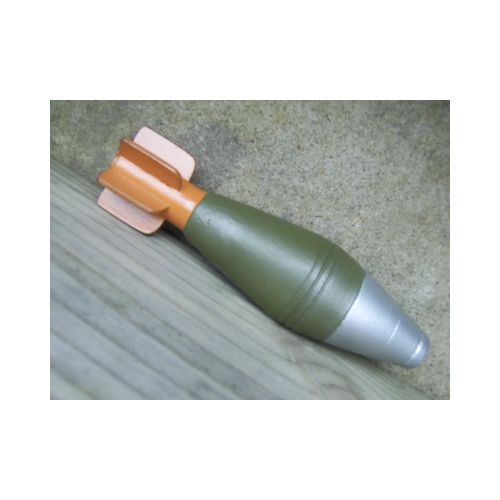Deleted member 1487
https://en.wikipedia.org/wiki/Knee_mortar
The Japanese 'Knee Mortar' a 50mm grenade launcher, was more mobile and simpler than any European 50mm mortar, all of which were ultimately discontinued because of their weakness and complexity making them more trouble than they were worth. What if someone came up with a version of the Japanese grenade launcher or just copied it for themselves for use in Europe? How would the simple little launcher have done as a platoon support weapon? It was cheaper, simple, and able to be used in urban battles thanks to the delayed trigger fuse. Was it more trouble than its worth?
The Japanese 'Knee Mortar' a 50mm grenade launcher, was more mobile and simpler than any European 50mm mortar, all of which were ultimately discontinued because of their weakness and complexity making them more trouble than they were worth. What if someone came up with a version of the Japanese grenade launcher or just copied it for themselves for use in Europe? How would the simple little launcher have done as a platoon support weapon? It was cheaper, simple, and able to be used in urban battles thanks to the delayed trigger fuse. Was it more trouble than its worth?

